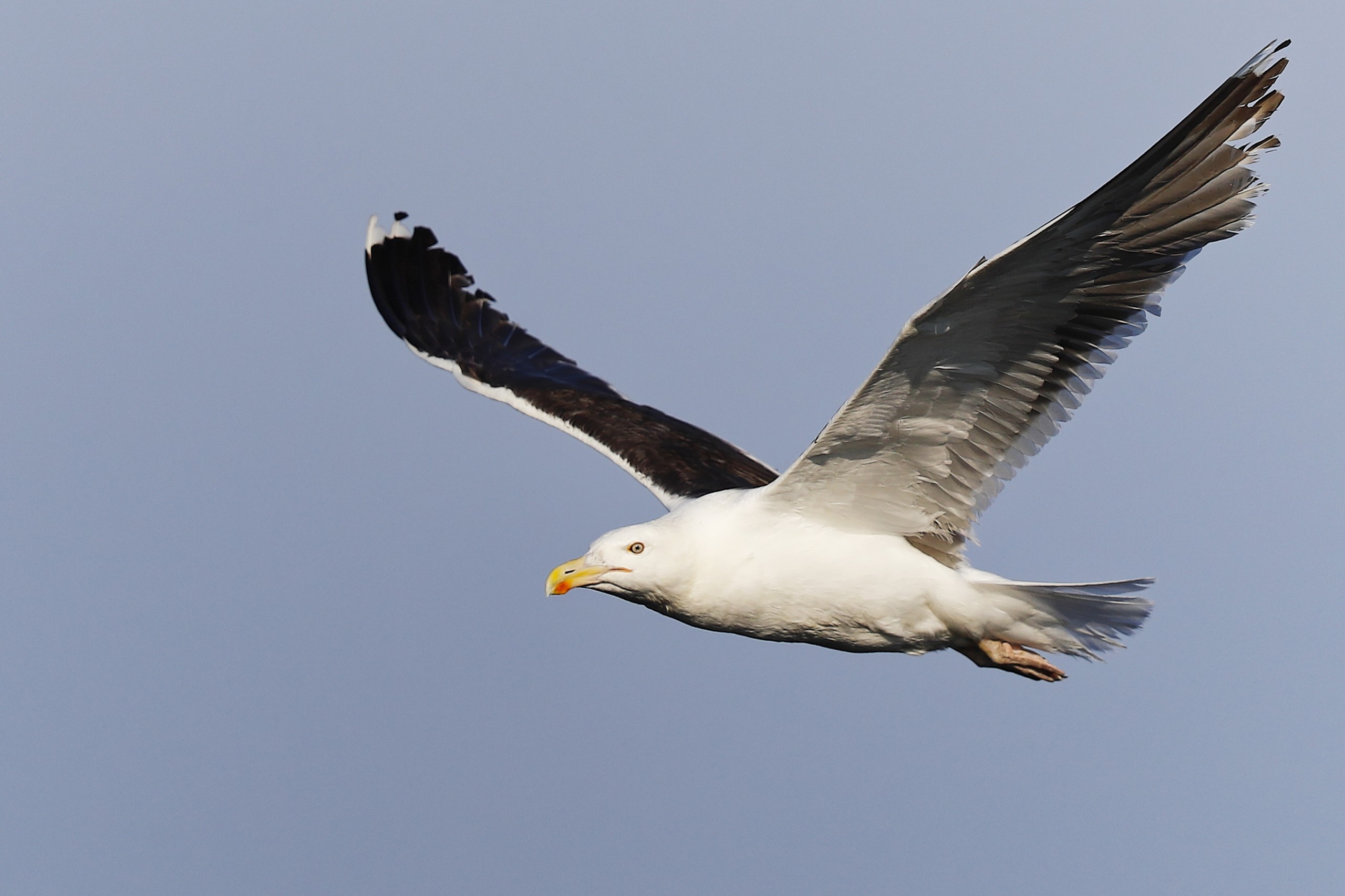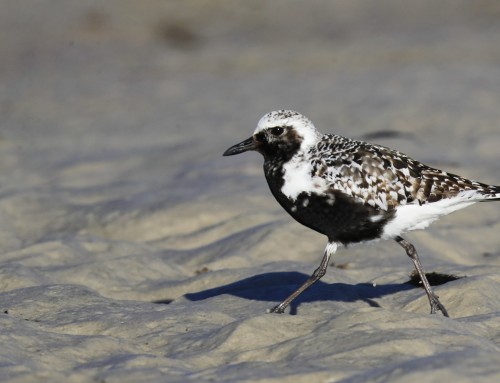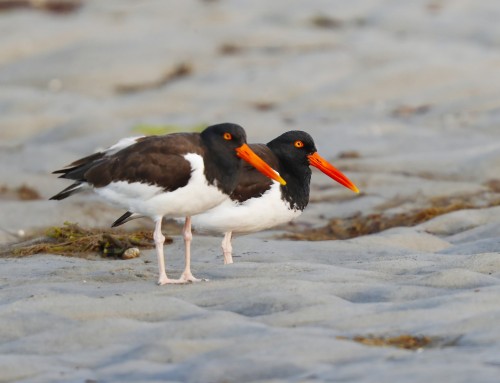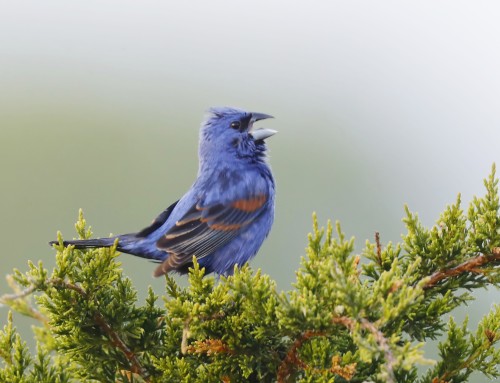July 26, 2024: After fledging, young Great Black-backed Gulls in Falmouth engage in feeding, foraging, flight practice, and social interactions. Adults guide, protect, and teach fledglings, who explore habitats, rest, and learn to feed independently, gaining self-sufficiency. This adult gull was recently seen off of Menauhant Beach in East Falmouth.
Great Black-backed Gulls in Falmouth engage in a range of activities once their chicks have fledged and are making their first flights. Here’s a summary of their behaviors during this period:
1. Feeding and Foraging: The adult gulls continue to provide food for their fledglings, teaching them how to forage and hunt. They often lead the young birds to productive feeding areas, including coastal waters, beaches, and tidal flats, where they can find fish, crustaceans, and other marine life.
2. Flight Practice: The fledglings spend considerable time practicing their flying skills. They take short flights, gradually increasing in distance and duration as they build strength and confidence. This period is crucial for developing their flight muscles and coordination.
3. Parental Guidance: Adult gulls remain attentive to their fledglings, offering protection and guidance. They may call to the young birds to keep them close and to guide them away from potential dangers, such as predators or human disturbances.
4. Social Interaction: Both adults and fledglings engage in social behaviors, including vocalizations and interactions with other gulls. This helps the fledglings learn social cues and establish their place within the local gull community.
5. Resting and Roosting: After periods of activity, fledglings often rest and roost in safe, elevated locations, such as on dunes, rocky outcrops, or man-made structures. These spots provide good visibility and protection from ground-based predators.
6. Learning to Feed Independently: As the fledglings grow more adept at flying and foraging, they gradually become more independent. The adults still assist but increasingly encourage the young gulls to catch their own food, promoting self-sufficiency.
7. Exploring Habitat: Fledglings explore their environment, learning about the various habitats available to them, such as estuaries, marshes, and open ocean areas. This exploration is vital for understanding where to find food and shelter throughout the year.
During this post-fledging period, the interactions and activities of Great Black-backed Gulls are dynamic and focused on ensuring the successful development and independence of the young birds.






Leave A Comment
You must be logged in to post a comment.